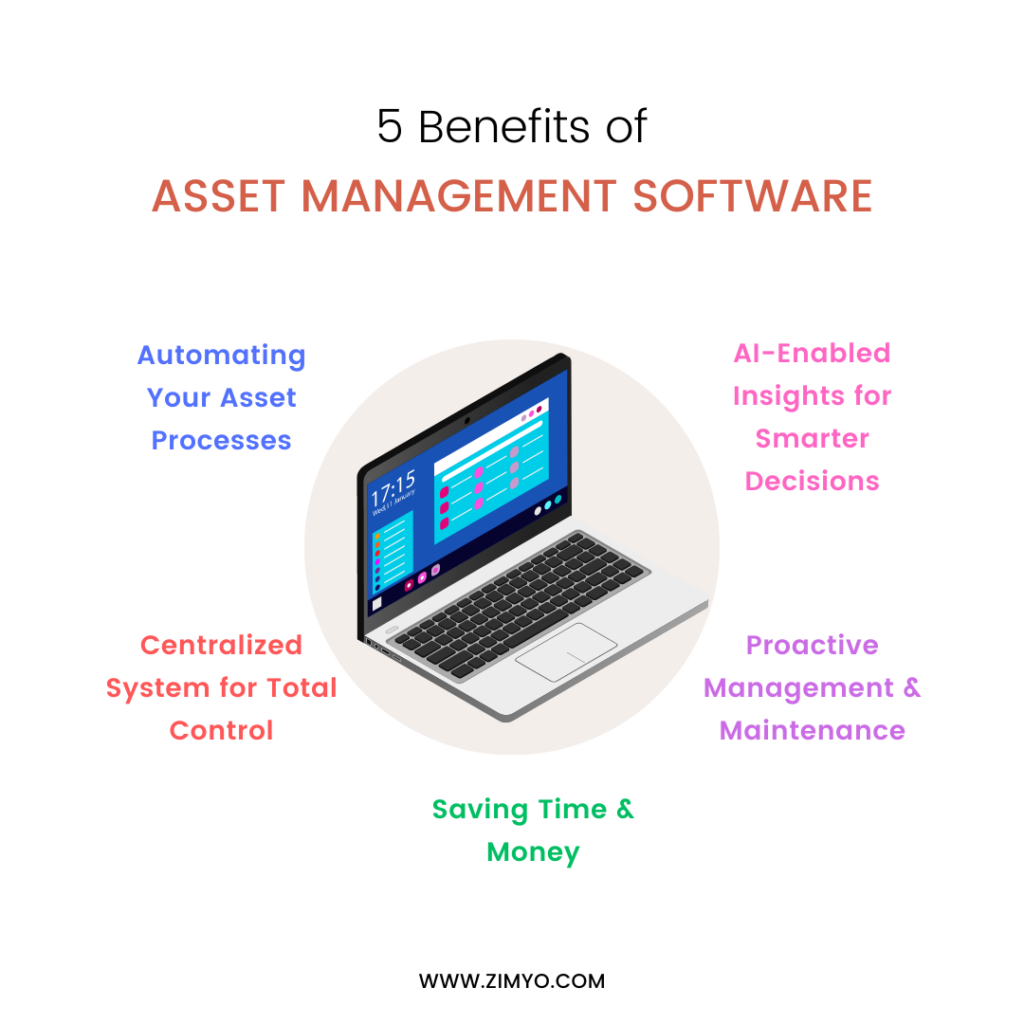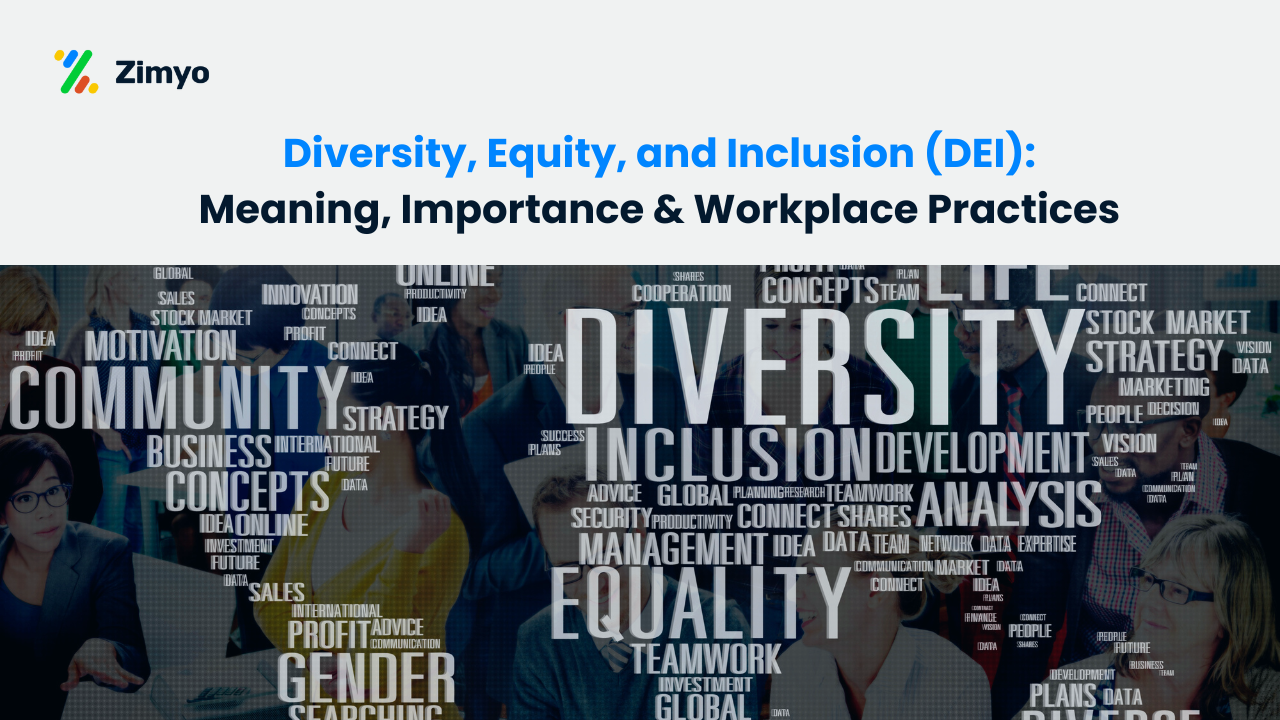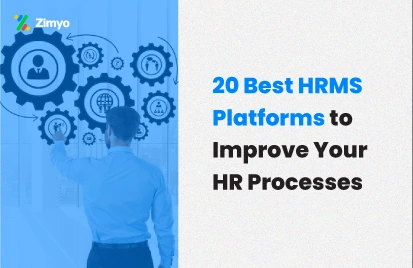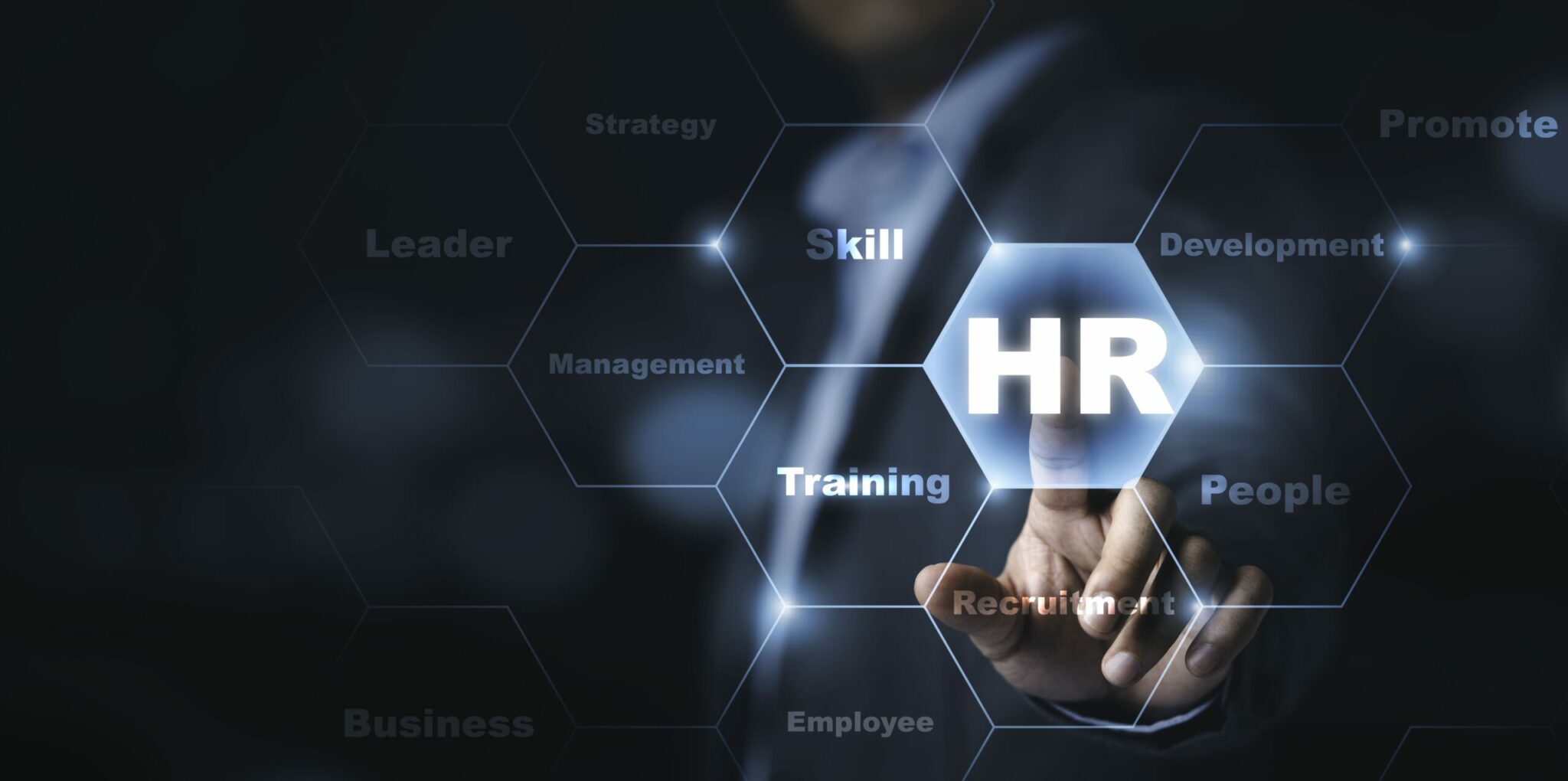For running a successful business, you need to keep everything on track. From your people to your equipment. You already know how critical your assets are to daily operations. Whether it’s laptops, machinery, or even office furniture. But how can you manage all these things efficiently? This is where asset management comes into play. Today, we’ll understand why investing in asset management software is no longer just a good idea. Instead, it’s a must-have for every forward-thinking business.
What is Asset Management?
Before we jump into the benefits, let’s cover the basics. Asset management involves tracking, monitoring, and maintaining every asset in your business from acquisition to disposal. Some examples of assets are office equipment, IT systems, printers, laptops, desktop, mouse, keyboard, headphones, or even vehicles, etc.
Gone are the days of using endless spreadsheets to manage assets. Modern technology, such as asset management software, automates this process and brings everything you need under one digital roof. It’s efficient, cost-effective, and, quite frankly, a game changer for businesses of all sizes. So, why should you invest in asset management? Let us know.
Why is Asset Management Important?
Think about it: every business has assets, and each of these assets plays a crucial role in keeping the company running smoothly. Have you ever lost track of a company laptop? Or struggled to find maintenance records for a piece of equipment? These are small examples of how disorganized asset management can cause big headaches. When you’re managing hundreds or even thousands of assets, manual methods just won’t help it anymore.
With asset management software, all of these issues are solved. Everything is stored in one centralized system, and every detail about your assets is easily accessible. Now, let’s look at five major benefits that make asset management software a big solution for businesses today.
5 Benefits of Asset Management Software

1. Helps in Automating Your Asset Processes
Let’s face it: manual processes are outdated. In today’s fast-paced business world, automation is everything. With asset management software, you can automate asset tracking, documentation, and even maintenance scheduling. No more scrambling to find asset details or relying on outdated spreadsheets. Instead, you can comfortably monitor your assets from anywhere, in real-time.
For example, if your company has multiple locations, tracking assets across them used to be a logistical nightmare. But with automated asset management, all your assets—whether they’re in the main office or a satellite branch—are visible from a single platform. It’s like having eyes everywhere. Thus, ensuring that nothing goes unnoticed.
2. Acts as a Centralized System for Total Control
Ever felt like managing your company’s assets is a chaotic puzzle? With so many tools, people, and resources involved, things can quickly become overwhelming. But imagine having everything managed from a single, centralized system. With asset management software, that’s exactly what you get.
When everything is in one place, decision-making becomes a lot simpler. The software allows you to create, acquire, and dispose of assets from one control panel. Thus, ensuring you have complete visibility. For example, HR professionals who also handle office equipment can easily see who is assigned to what, when the equipment was last serviced, and when it’s due for an upgrade. This means fewer mistakes, faster decisions, and ultimately, better use of your company’s resources.
3. AI-Enabled Insights Help in Making Smarter Decisions
How do you know if your assets are being used efficiently? You need data, right. Thankfully, most asset management tools come with AI-enabled insights that give you all the information you need. The software analyzes your asset usage, maintenance schedules, and even performance data to help you make smarter decisions.
For instance, imagine one of your company’s machines breaks down. Without detailed insights, you might waste time and money on unnecessary repairs or replacements. But with AI-enabled asset management software, you can view the machine’s maintenance history, identify recurring issues, and decide whether to repair or replace it. That kind of data-driven decision-making is invaluable in today’s business landscape.
4. Helps in Proactive Management and Maintenance
Nobody likes unexpected breakdowns, especially when they disrupt your business. With asset management software, you don’t have to wait for something to go wrong before you act. The system sends automated reminders and notifications about scheduled maintenance, repairs, and even warranties that are about to expire. This way, you can stay one step ahead and avoid costly disruptions.
Think of it like your car’s dashboard alerting you when it’s time for an oil change. Now, apply that to your company’s assets. Whether it’s a printer or a pile of laptops which needs servicing, asset management keeps you well updated, so nothing slips through the cracks.
5. Helps You Save Time and Money
Finally, let’s talk about what really matters: your bottom line. Investing in asset management software saves you both time and money. Think about all the hours your team spends trying to track down missing assets or filling out paperwork for asset management assignments. Now imagine all of that time being freed up for more important tasks, like improving productivity or scaling your business.
For example, manual asset tracking is prone to errors, and those errors can be costly. If you lose track of a high-value piece of equipment, you’re either looking at expensive replacements or productivity losses. But with automated asset management, those risks are minimized. The software does all the heavy lifting, so you can focus on what really matters—growing your business.
How Asset Management and HR Software Work Together?
You might be wondering: How does HR software fit into all of this? Well, think of your assets as more than just physical items. Your people are your most important asset. And just like with physical assets, keeping track of employee roles, responsibilities, and performance is essential for business success.
With integrated HR software and asset management systems, you can align your workforce management with your asset tracking. This means your HR team can see, for example, which employees are responsible for certain assets, whether it’s a laptop or a headphone. By combining HRMS with asset management, your organization runs more smoothly and efficiently. Thus, cutting down on wasted resources and ensuring accountability.
Why Should HR Professionals Care About Asset Management?
If you’re an HR professional, you might wonder why asset management matters to you. After all, isn’t that the responsibility of the operations team? Not entirely. As an HR leader, you’re responsible for onboarding new employees and ensuring they have the tools and equipment needed to be productive. If assets are not properly managed, it can slow down onboarding processes, create confusion, and even hurt employee satisfaction.
For instance, imagine hiring a new team member who needs a specific laptop or equipment to do their job. If the equipment isn’t available or properly tracked, their first day could turn into a frustrating experience. Asset management software ensures that HR teams know exactly what tools are available. Thus, helping them provide a seamless employee experience from day one.
CEOs, Are You Listening?
As a CEO, your priority is the big picture. You want to see growth, improved efficiency, and higher returns on investment. Asset management helps you achieve all of these goals by streamlining operations, reducing costs, and improving productivity across the board. When assets are well-managed, employees can work more efficiently. Thereby, reducing downtime and boosting overall performance.
Think about it this way: Would you rather invest in expensive replacements or extend the life of your current assets through proper maintenance and monitoring? Asset management software gives you the tools to do the latter. That is, extend the life of your current assets. Thus, ensuring that your assets—and your company—are performing at their best.
Conclusion: Why Wait?
If you’ve been putting off investing in asset management, it’s time to rethink that decision. From automated processes to AI-powered insights, asset management software offers countless benefits that can help your business save time, money, and resources. And when you combine it with HR software or HRMS, you discover even more potential for streamlined operations and happier employees.
So, are you ready to take your business to the next level? Investing in asset management software is a decision you won’t regret. Take control of your assets today, and watch as your company’s productivity and profitability soar.
Don’t wait for assets to go missing or break down—stay ahead with the right tools. After all, the future of business is in automation, and asset management is the key to automation.
Zimyo—The Best Asset Management Software
With Zimyo, managing your assets has never been easier. Streamline your processes, track everything in real-time, and boost efficiency across the board.
Discover how Zimyo’s Asset Management Software can save you time, reduce costs, and ensure your business runs smoother than ever.
Take control of your assets today—schedule a free demo and experience the Zimyo advantage firsthand!






